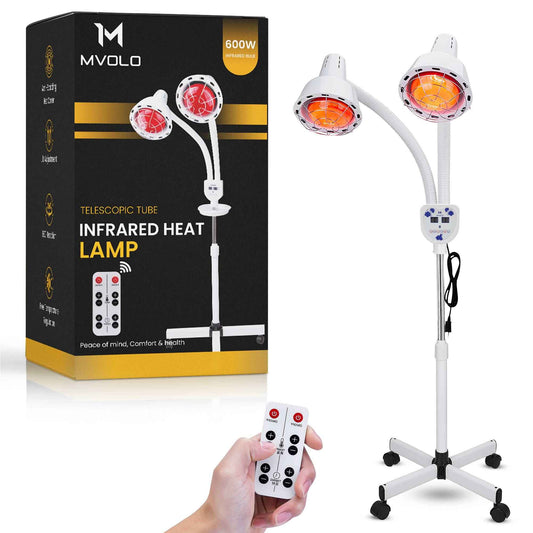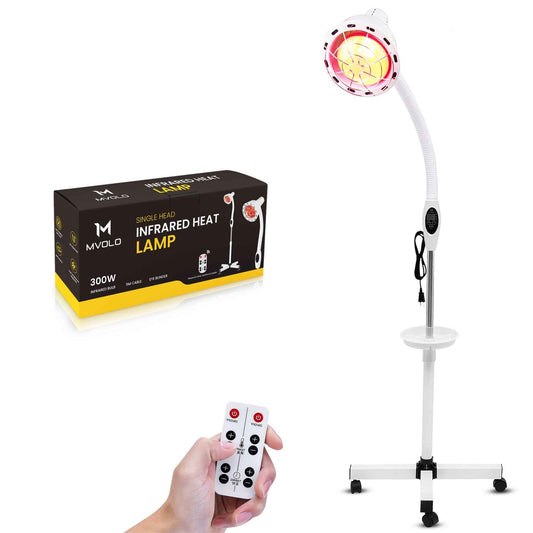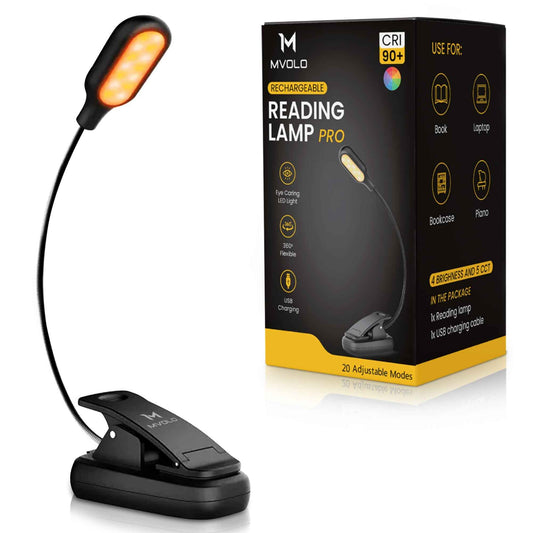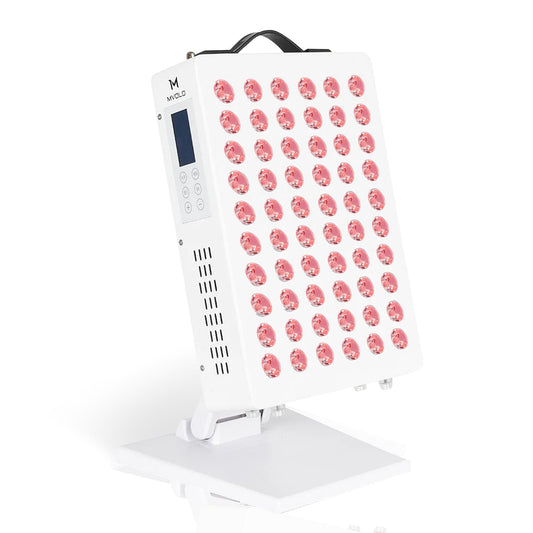Stress and How Red Light Can Help: A Comprehensive Analysis
Part
What is Stress?
Stress is a natural response of the body to situations that are perceived as threatening or overwhelming. It can stem from various sources such as work pressure, personal responsibilities, or health issues. When the body experiences stress, stress hormones like cortisol are released, leading to an increased heart rate, muscle tension, and a feeling of having a "full head." Chronic stress can lead to serious health problems such as burnout, anxiety disorders, and even cardiovascular diseases.
What is Red Light?
Red light therapy uses specific wavelengths of red and near-infrared light to stimulate various biological processes. This form of light penetrates deeply into the skin and boosts cellular functions. Scientific studies show that red light enhances mitochondrial activity—the energy-producing organelles within cells—leading to increased production of adenosine triphosphate (ATP), which is crucial for cellular metabolism and repair.
How Red Light Works
Red light stimulates mitochondria, boosting ATP production and promoting cell renewal. This mechanism plays a key role in reducing oxidative stress, a major factor in cellular aging and various diseases.
Research on red light effects in SAMP8 mice, a model for accelerated aging, showed that exposure to 630 nm red light not only reduced oxidative stress but also promoted memory recovery by activating enzymes such as catalase and formaldehyde dehydrogenase. These findings suggest that red light can have a protective effect on brain function and cognitive health.
Additionally, studies have shown that low-level light therapy with red light can protect red blood cells from oxidative stress and hemolysis during extracorporeal circulation. This underscores the potential of red light to not only slow cellular aging but also support overall blood cell health.
How Red Light Can Reduce Stress
There is increasing evidence that red light can effectively reduce stress in humans, similar to its effects observed in chickens. In experiments with chickens, exposure to red light reduced anxiety and stress, indicating that these effects might also apply to people. Red light can help restore balance in the nervous system, regulate stress hormones, and put the body in a more relaxed state.
Moreover, research in humans indicates that red light therapy can improve cognitive functions such as memory and concentration by reducing oxidative stress and inflammation. These findings are particularly relevant for individuals dealing with chronic stress and work pressure, as cognitive decline is a common symptom of prolonged stress.
How to Incorporate Red Light into Your Life
Integrating red light therapy into your daily routine can be an effective way to reduce stress and enhance your overall well-being. This can be achieved through the use of red light lamps or panels designed for home use. A daily session of 10 to 20 minutes can provide significant benefits, such as reducing work pressure and improving mental clarity.
You can use red light in the morning to start your day calmly or in the evening to unwind after a long day. This is especially useful if you experience high work pressure, a "full head," or symptoms of burnout.
Conclusion
Stress is a common issue with serious implications for your health and well-being. Fortunately, red light offers a natural and effective way to reduce stress and improve health. By integrating red light therapy into your life, you can minimize the effects of stress and work towards a better cognitive function and overall health.
If stress is impacting your life, consider trying red light therapy as a valuable addition to your stress management routine. By leveraging the scientific benefits of red light, you can work towards a healthier, more balanced lifestyle that helps reduce stress and enhance your well-being.






